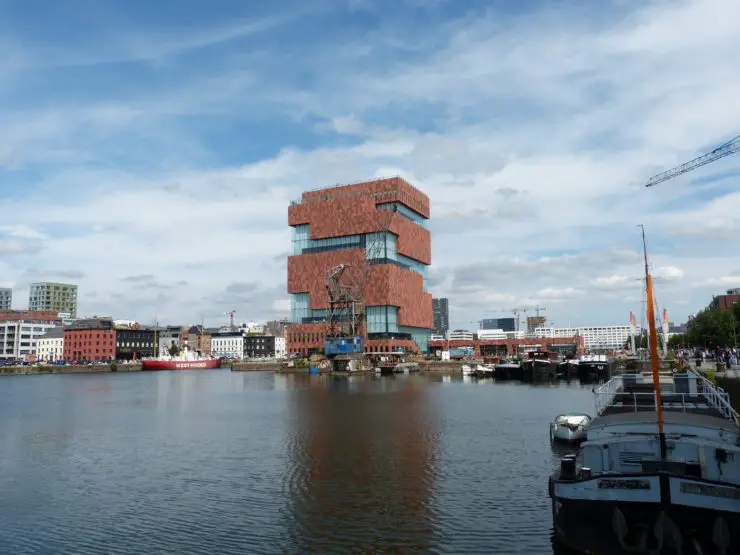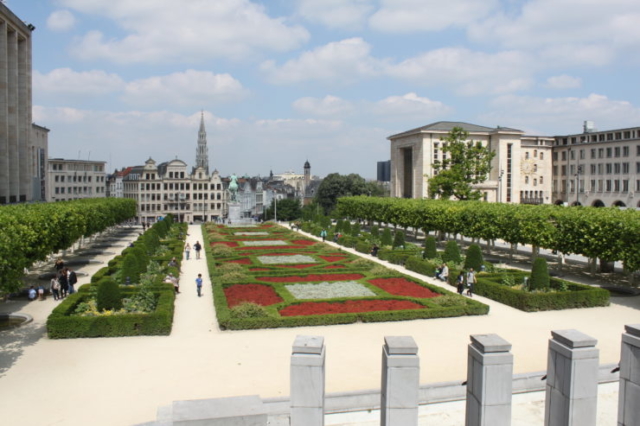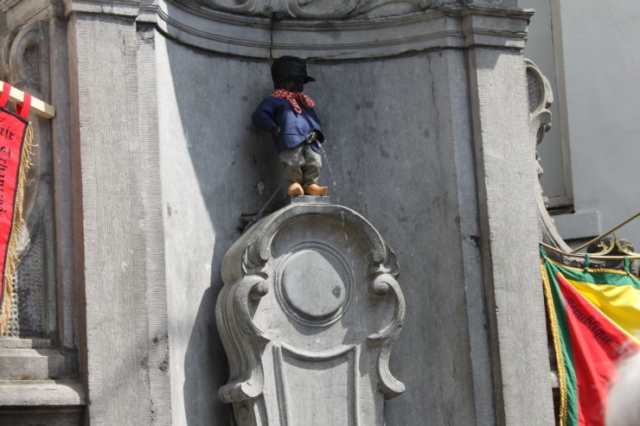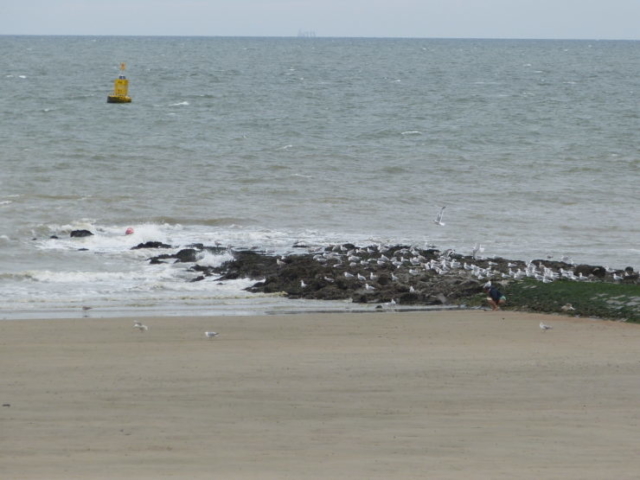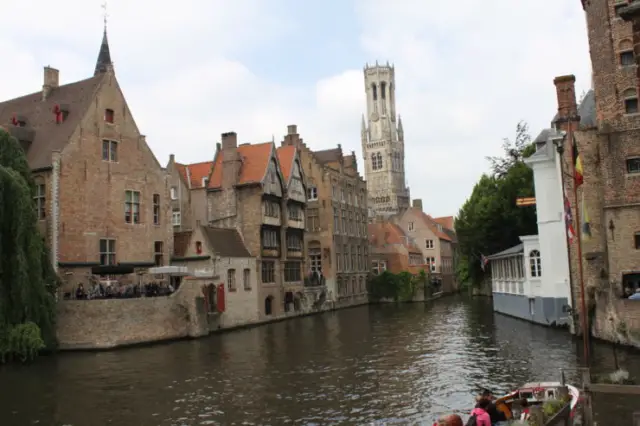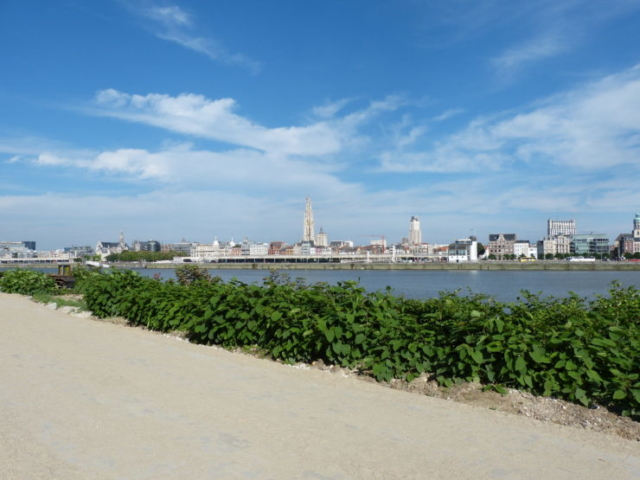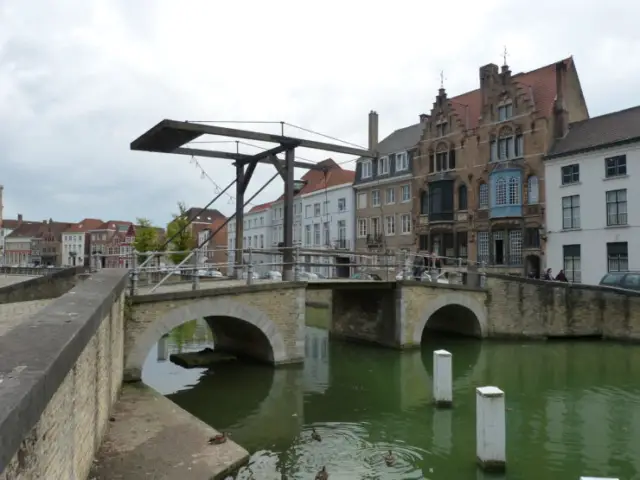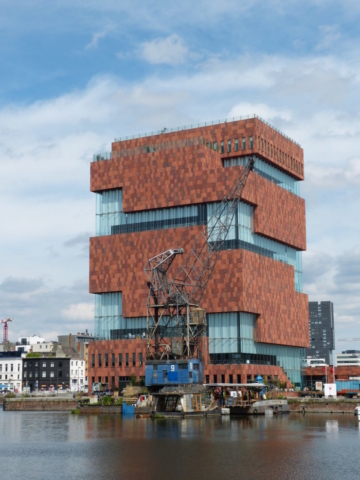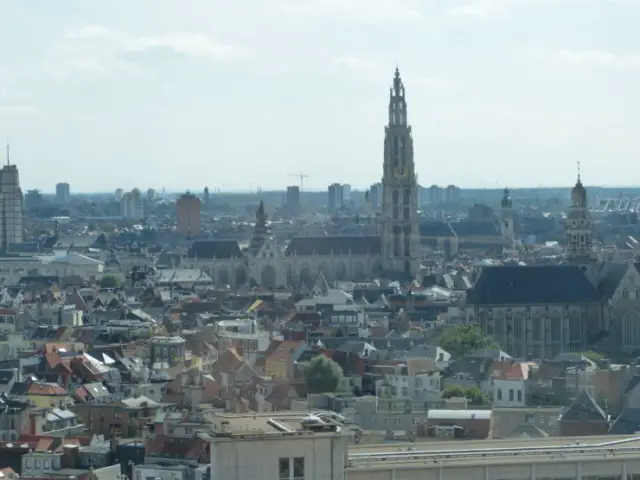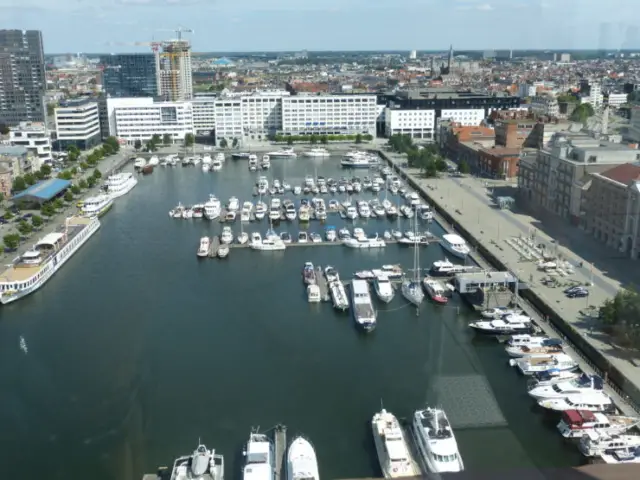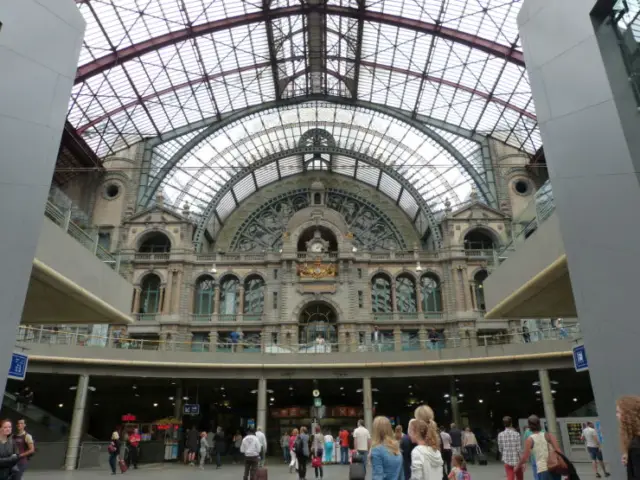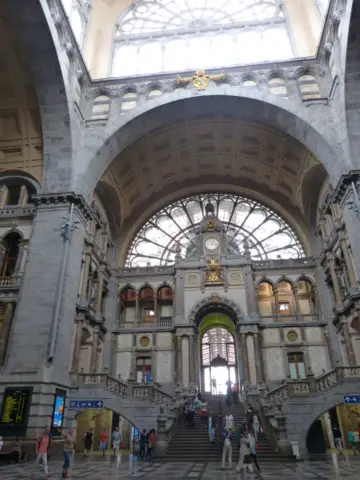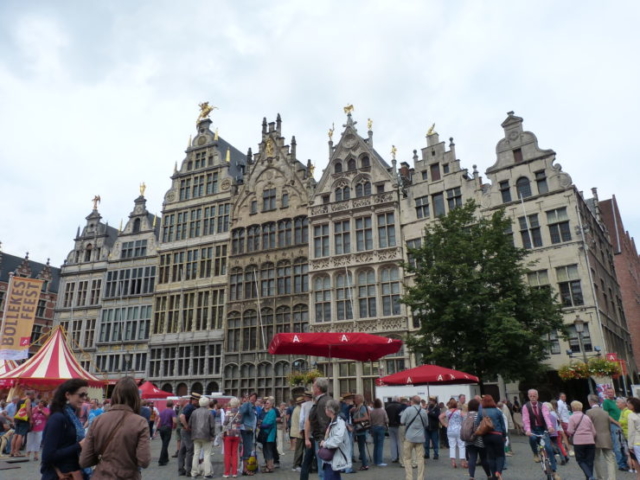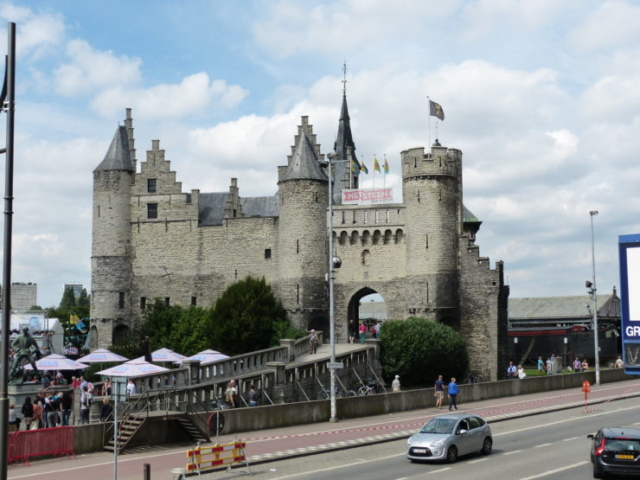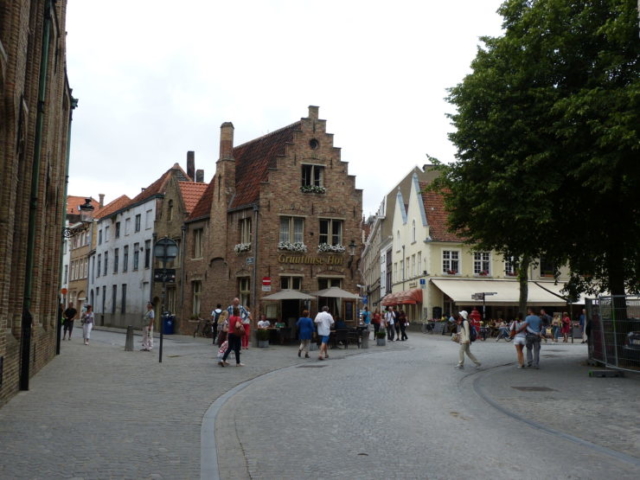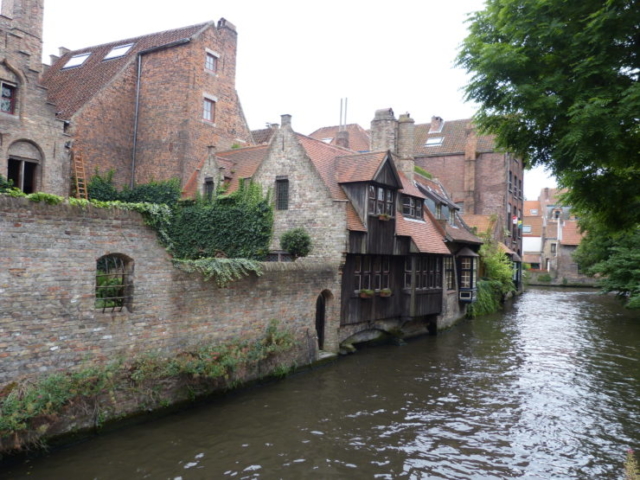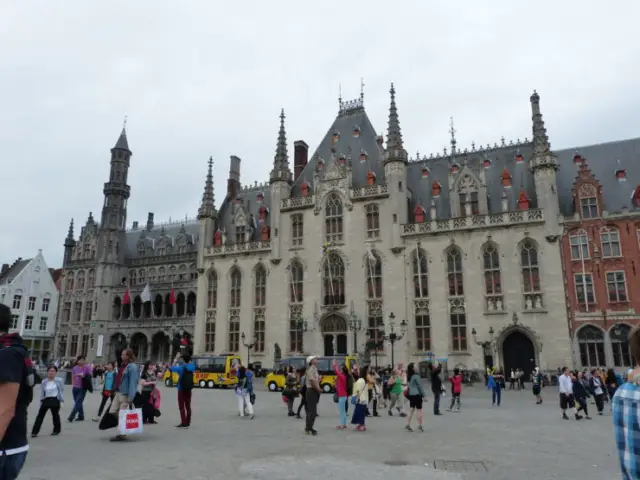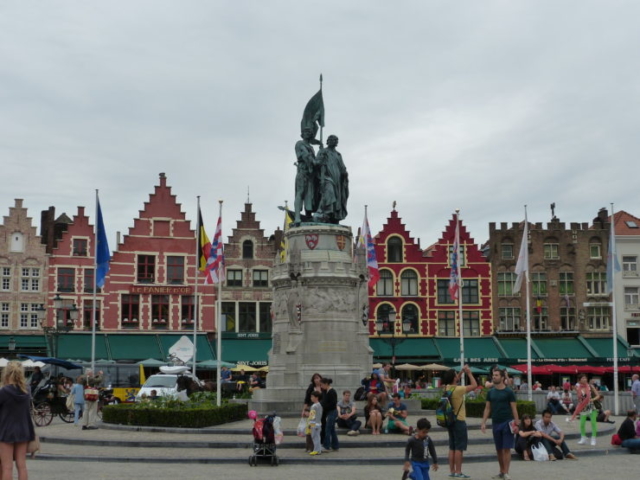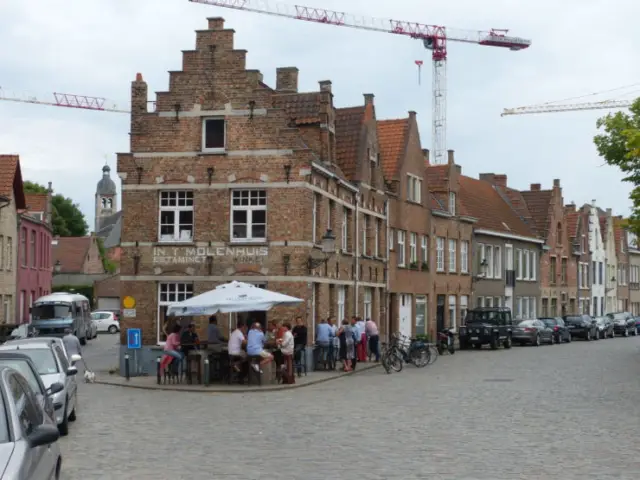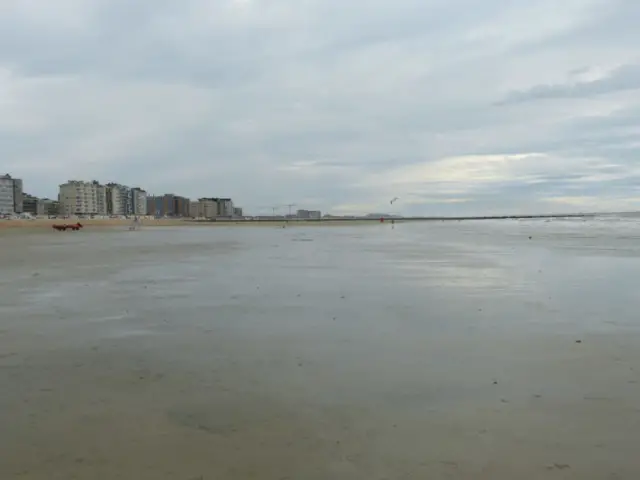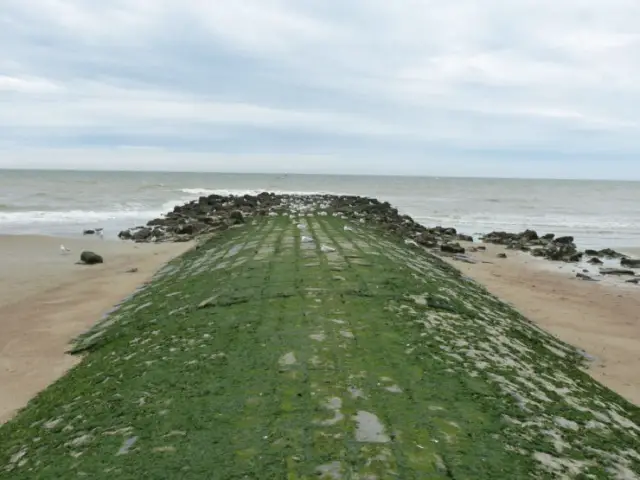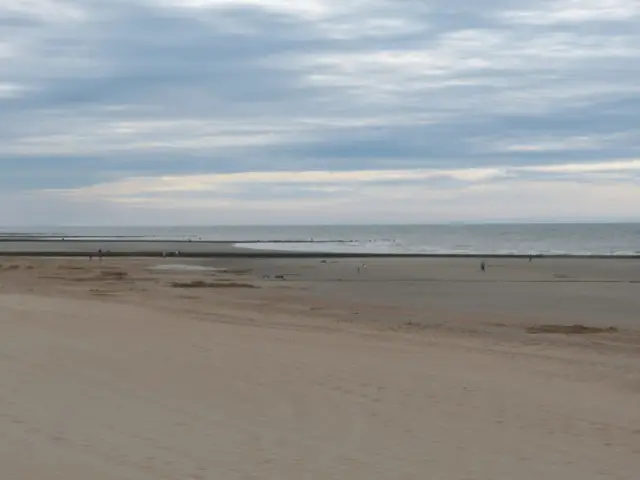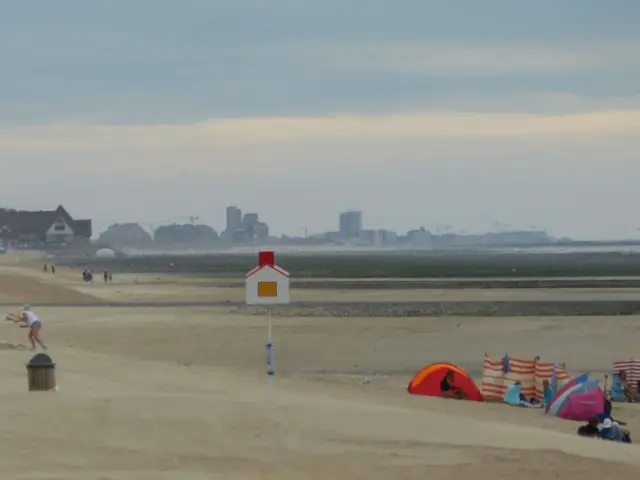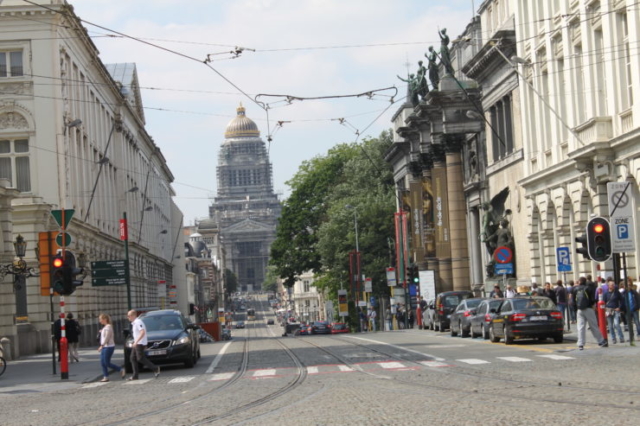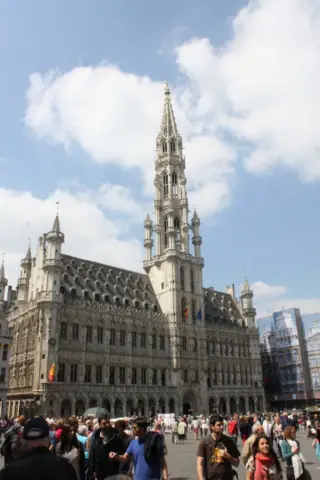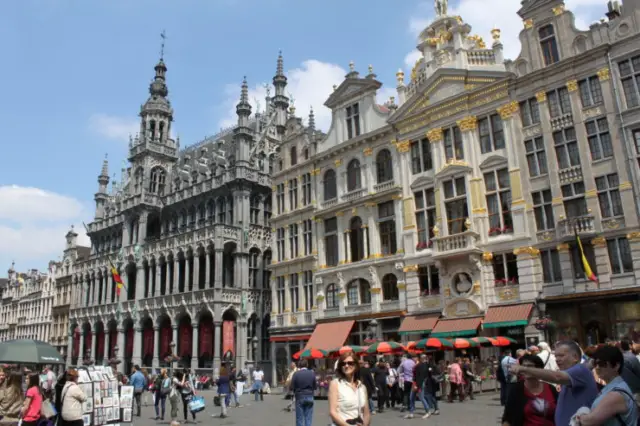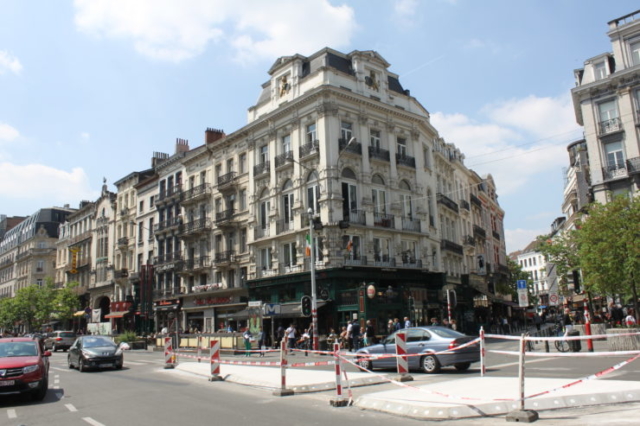Description
If you have only a couple of days and want to get a taste of all the different things Belgium has to offer this 5 Day Belgium Itinerary is just perfect. It combines the bustling cities of Brussels and Antwerp with the lovely old quarters of Bruges and a day to relax on the beach.
We had a rental car for this trip but it is also possible with public transportation.
| Our 5 Day Belgium Itinerary |
|---|
| Day 1: Antwerp |
| Day 2: Bruges |
| Day 3: Ostend |
| Day 4-5: Brussels |
Gallery
Overall costs
$ 1000
Duration
5 days
Rating
Itinerary:
Antwerp
Belgium’s second largest city is the world’s capital for diamond trade and located in the north of the country close to the Netherlands. It has one of the biggest ports in Europe and a beautiful historic center. So, there’s a lot to see here and Antwerp has its very own style. I was deeply impressed by the many small bars that look like French Bistros but served drinks are strong beers out of chalice shaped glasses. And just like that, Antwerp is a mixture of various European influences combined in a unique way.
In case you stay longer in Antwerp you might want to have a closer look at the Antwerp City Card which offers free entrance to museums and various discounts for 48 hours (€28).
How to get there
By train: It’s an easy 50 minutes train ride from Brussels to Antwerp with several connections each hour and around 2 hours from Amsterdam.
By car: Only 50km away from Brussels you will need around 45 minutes to drive by car and around 2 hours in case you’re coming down from Amsterdam.
Get around
Most places in the center are easily reachable by foot. For longer distances you can take buses and trams from De Lijn. One regular ride cost €3 and if you plan with several rides you might want to buy a card for €14 which includes 10 rides.
Third option is the bike-sharing company Velo which offers day passes and the bicycles can be picked up at around 80 stations in the city.
Things to do
Onze Lieve Vrouwekathedraal: The main sight in the center is this Gothic church from the 13th century with many significant works of the famous painter Rubens.
Museum aan de Stroom: The museum has several exhibitions showing Antwerp’s influence in the world. Entrance is free but some temporal exhibitions might cost a small fee.
Sint-Annatunnel: The St. Anna pedestrian tunnel connects both river banks under the Schelde river. From the western side of the river you will have some of the best views of Antwerp. The tunnel was once built to connect the bedroom communities in the west with the city center. Instead of going back through the tunnel you can also take the Metro from ‘Van Eeden’ station.
Antwerp Central: The old train station has a stunning historic and richly ornamented building and a top modern basement for high speed trains.
Antwerp Zoo: One of the oldest zoos in the world hosts nowadays around 950 different species of animals and has been rewarded for its breeding program of endangered species. The zoo is just next to Antwerp Central train station.
Walking: Take at least half a day to walk around the center and enjoy the bars, cafes and small places in the town.
Bruges
Bruges is one of the best-preserved medieval towns in Europe and was for a while also one of the richest towns due to its nearby harbor. The town consists of old brick buildings with several canals breaking up the narrow alleys. Bruges historic center was framed by a city wall and four of the impressive city gates do still exist. The main square and some popular photo spots can get very crowded but apart from that the city is still a really relaxed place.
How to get there
By train: IC trains are running several times a day between Antwerp and Bruges. Traveling time is around 1.5 hours.
By car: From Antwerp, follow E34 & N49 westwards and you will reach Bruges in around 1 hour and 15 minutes. Since Bruges is a medieval town you should park your car at one of the many parking lots outside the old town.
Get around
The city center is easily explorable by foot. Another great way to see the city is a boat tour on the many canals.
Things to do
Belfry of Bruges: The medieval bell tower in the heart of the city is also its iconic landmark. You can climb to the top of the tower at around 80 meters on 366 steps. On the way up you can stop at the treasury to see medieval seals and the city’s charters. Regular entrance fee is €12 and opening times are from 9.30 am to 6 pm. Only a limited number of people are allowed to visit the tower at the same time so avoid classic peak times. Access is closed one hour before closing time.
Canal tour: One of the best ways to see the city’s architecture is by boat. There are five landing stages in the center, it’s impossible to miss them. It’s always a 30 minutes cruise, regular tickets are €10 and operating hours are from 10 am to 6 pm.
Walking: We walked around the center, visited the market square next to the bell tower and then walked outside town to the old city wall which has some windmills on it nowadays. The city is really not that big and you can easily explore most of it by yourself.
Ostend
We spent one day at the beach and Ostend can easily be visited from Bruges as a day trip. Belgium’s beaches however seem to be backed up by grey apartment blocks and the weather at the sea can be chilly even in August. Nevertheless, it was nice to sit in the wind and enjoy nature after two days of walking in the city.
How to get there
By train: Several IC trains are running between Bruges and Ostend every day with a travel time of only 14 minutes.
By car: Leave Bruges to the south until you reach highway E40 which brings you directly to Ostend. Driving time is around 25 minutes and there are free parking lots along the beach.
Get around
If you stay in Ostend you can walk everywhere. For longer distances, there is a tram line called Kusttram connecting all Belgian beach towns with an overall length of 70 kilometers.
Things to do
Beach: Obviously the main reason to visit Ostend is the wide sandy beach. There’s a walkway directly behind the beach with lots of cafés and restaurants. Facilities like showers can be found in a regular distance. Don’t forget to bring a warm Hoodie even in summer.
Cycling: A great way to explore the coast and Ostend is by bike. Two rental shops are located directly the beach. Follow the beach westwards for some lesser populated sections.
Brussels
After our day at the beach we were ready for Belgium’s capital. The city is bilingual so you will find a French and Dutch version of each street and place. Because it hosts so many international and European institutions Brussels is a cultural melting pot in constant hectic combined with the more relaxed and traditional waffle, beer and cultural sights.
How to get there
By plane: Brussels main airport (BRU) is located closely to the city center and has connections to all major European cities as well as many international flights. Brussels second airport in Charleroi (CRL) is around 40 kilometers south of the city and is used mainly by budget airlines serving European destinations.
By train: Brussels is well connected to other major cities like Cologne, Paris or Amsterdam by the high-speed train network. Book tickets in advance whenever possible to make use of discounts and special promotions.
By car: We drove to Brussels by car from Bruges which takes around one hour.
Get around
The main sights of Brussels are fairly close together so walking is the best option. For longer distances rental bikes and the metro system are great options.
Things to do
Grand Place: Brussels central square is the main attraction and part of the medieval remains of the city. The city hall with its iconic tower is also part of the square. In a side street of the square you can see the statue of Mannenken Pis. We made a free walking tour through the center which was a nice way for a first impression of the city and went afterwards to some places again by ourselves.
Beer, waffles and chocolate: People of Brussels love these things and you will find many shops and bars serving their specialties. Belgium is well known for its experimental beer scene combining all kinds of fruits and flavors with the traditional drink. Just walk around town and try here and there whatever looks tasty.
Atomium: Located in the north of Brussels in the Heysel district this landmark was built for the 1958 World’s Fair and is partly accessible to public. A restaurant at the top offers’ magnificent views over the city but a visit here is only advisable if you plan to see more things in Brussels north as Mini-Europe or the Royal Greenhouses.
Parc du Cinquantenaire: Half an hour away by foot from the Grand Place is this park which is a popular place for Bruxellois to relax and make outdoor sports. The grand arch at the east of the park is the landmark of the area and it’s possible to go up to the terrace above it for nice views.
Mont des Arts Gardens: This little hill in the center of the city offers a beautiful view over the park with lots of flowers in the summer and the city hall in the background.

